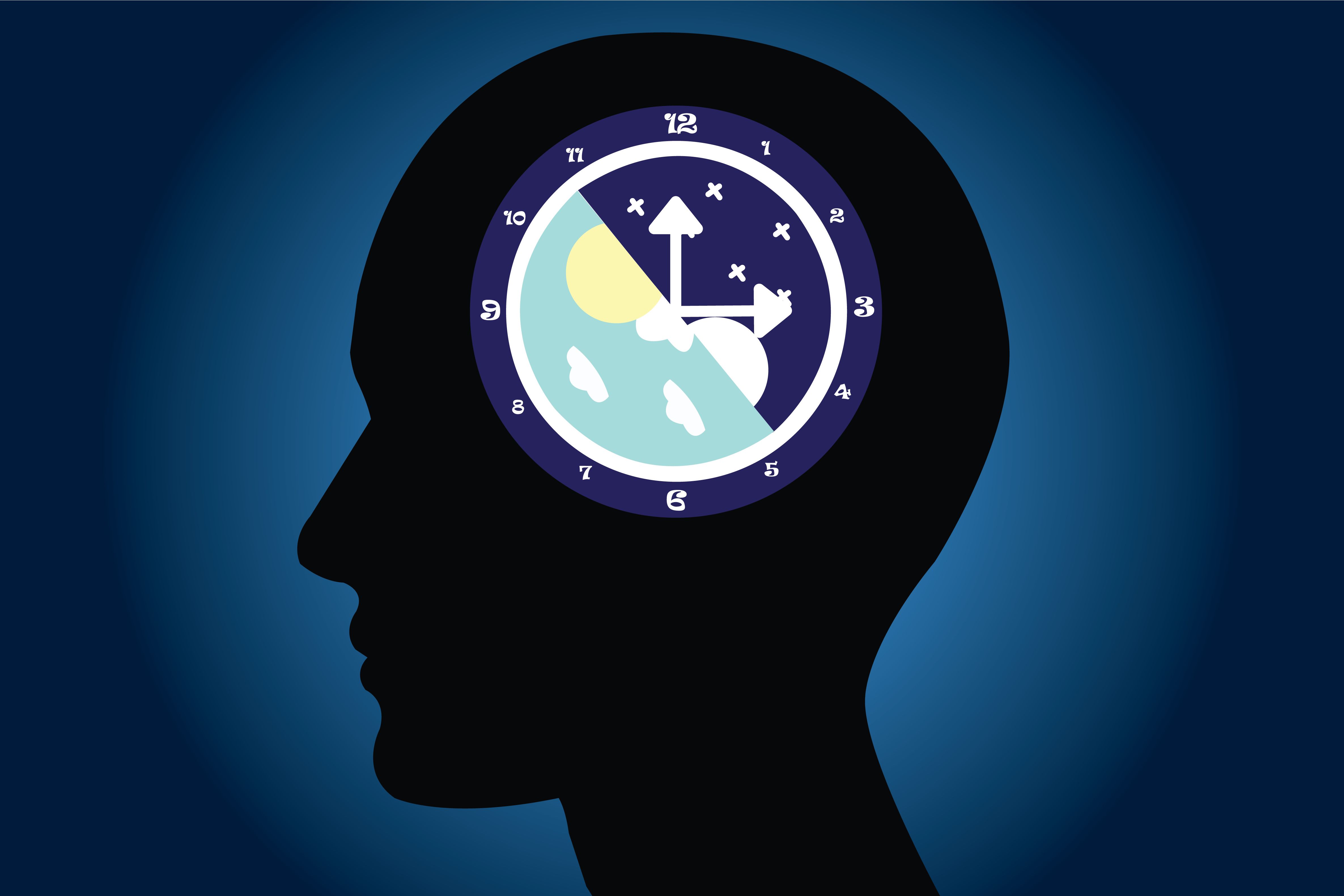Using Mass Spectrometry to Analyze Circadian Pacemaker Brain Synapses
Scientists from the University of Maryland in College Park are testing a system to analyze changes in the suprachiasmatic nucleus (SCB), the part of the brain that regulates the timely activities of the body’s systems (1). Their findings were published in Analytical Chemistry (2).
The circadian rhythms are controlled by circadian clocks or biological clock these clocks tell our brain when to sleep, tell our gut when to digest and control our activity in several day | Image Credit: © kanyanat - stock.adobe.com

Neuronal proteomes are regulated during brain development via changes in the activity from immature neural circuits. One way of studying circuit refinement is by studying axonal projections from the eyes to the brain, which is influenced by spontaneous retinal activity. However, the precise changes that occur during this transition are unknown. To address this challenge, the scientists created a microanalytical proteomics pipeline using capillary electrophoresis (CE) electrospray ionization (ESI) mass spectrometry (MS) to quantify changes in the SCB before and after photoreceptor-dependent visual function. Later, the process was nested with trapped ion mobility spectrometry time-of-flight (TOF) mass spectrometry (TimsTOF PRO), which doubled the number of identified and quantified proteins when compared to TOF-only control on the platform.
In one instance, 1894 proteins were identified and 1066 quantified, many of which showed important functions in axon guidance, synapse function, and more. A total of 166 proteins also displayed differential regulation over their development, with axon guidance-associated proteins being enriched prior to eye-opening and synapse-associated proteins being enriched afterwards. Super-resolution imaging of certain proteins supported the MS results, showing that the results reflect increases in synapses, but not presynaptic size or extrasynaptic protein expression.
This work marks a notable step forward in using TimsTOF PRO for CE-ESI-based microproteomics. Additionally, the integration of microanalytical CE-ESI TimsTOF PRO with volumetric super-resolution STORM imaging has the potential to expand the repertoire of technologies supporting analytical neuroscience.
References
(1) Fu, L., Lee, C. The circadian clock: pacemaker and tumour suppressor. Nat Rev Cancer 2003, 3, 350–361. DOI: https://doi.org/10.1038/nrc1072
(2) Choi, S. B.; Vatan, T.; Alexander, T. A.; Zhang, C.; Mitchelll, S. M.; Speer, C. M.; Nemes, P. Microanalytical Mass Spectrometry with Super-Resolution Microscopy Reveals a Proteome Transition During Development of the Brain’s Circadian Pacemaker. Anal. Chem. 2023, 95 (41), 15208–15216. DOI: https://doi.org/10.1021/acs.analchem.3c01987
TD-GC–MS and IDMS Sample Prep for CRM to Quantify Decabromodiphenyl Ether in Polystyrene Matrix
April 26th 2024At issue in this study was the certified value of decabromodiphenyl ether (BDE 209) in a polystyrene matrix CRM relative to its regulated value in the EU Restriction of Hazardous Substances Directive.
LC–MS/MS-Based System Used to Profile Ceramide Reactions to Diseases
April 26th 2024Scientists from the University of Córdoba in Córdoba, Spain recently used liquid chromatography–tandem mass spectrometry (LC–MS/MS) to comprehensively profile human ceramides to determine their reactions to diseases.
High-Throughput 4D TIMS Method Accelerates Lipidomics Analysis
April 25th 2024Ultrahigh-pressure liquid chromatography coupled to high-resolution mass spectrometry (UHPLC-HRMS) had been previously proposed for untargeted lipidomics analysis, but this updated approach was reported by the authors to reduce run time to 4 min.